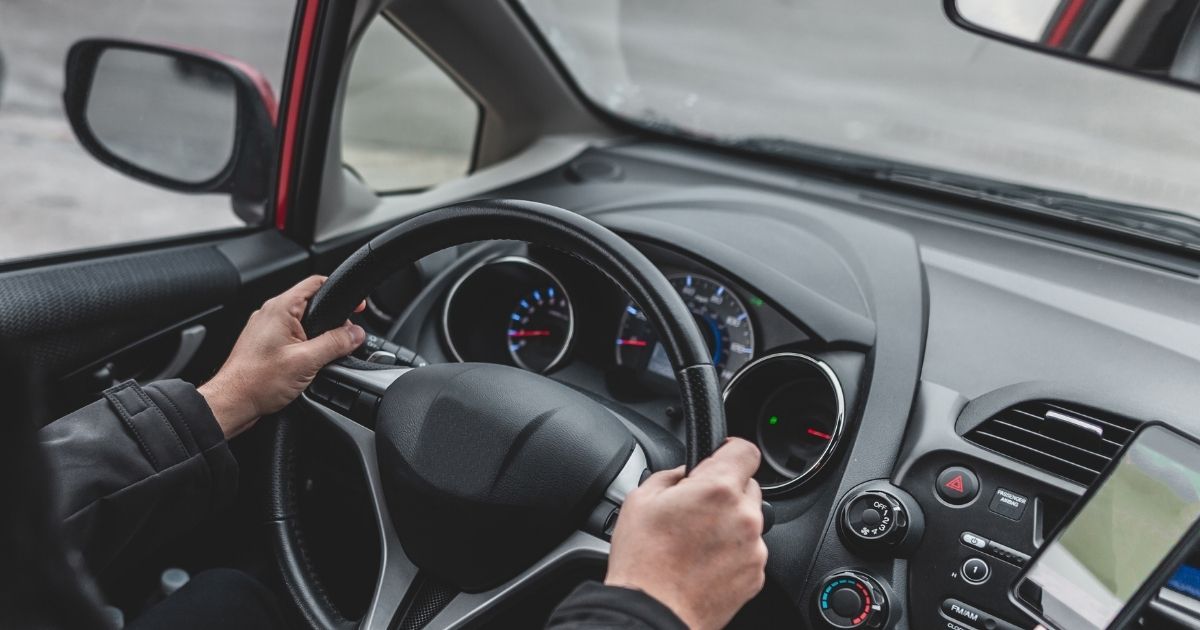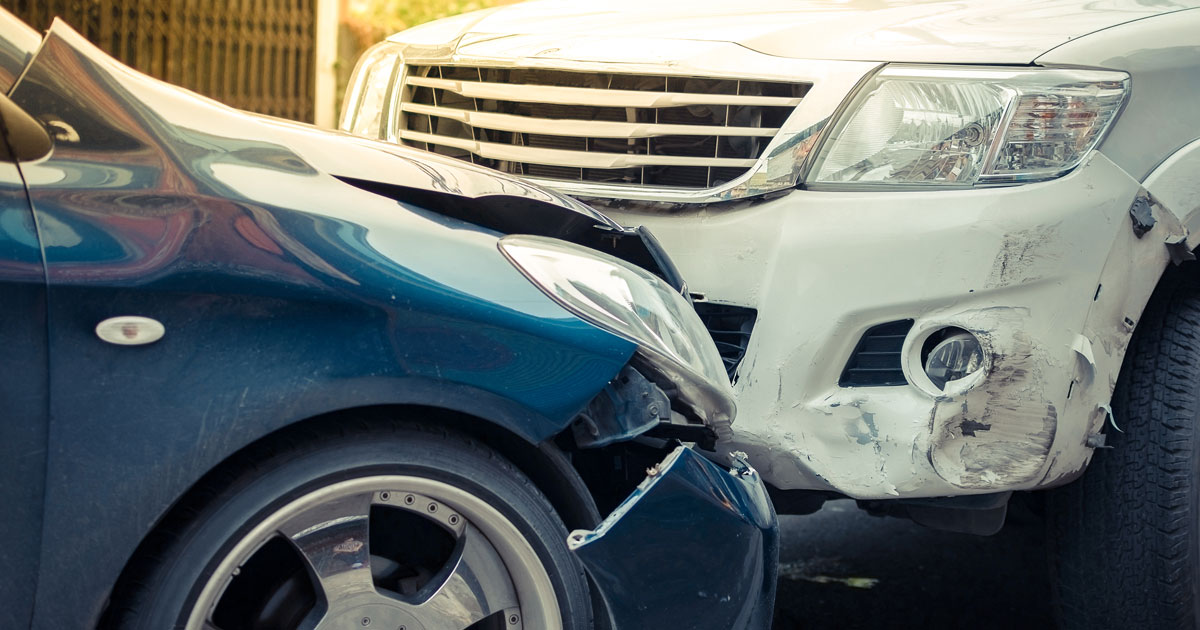Defensive driving is a method that uses safe driving strategies to anticipate and react to potential hazards. This proactive approach aims to reduce the risk of collisions by focusing on driver behavior, awareness, and reaction to changing conditions. It helps reduce the risk of accidents, promotes road safety, and can save lives.
Unfortunately, many drivers today pay little attention to these techniques. We strongly recommend practicing and sharing these defensive driving tips with your loved ones.
How Can I Stay Focused on the Road?
Staying focused is one of the key aspects of defensive driving. Avoid distractions like texting, eating, or adjusting the radio. Keep your eyes moving by scanning the road ahead, checking mirrors, and being aware of your surroundings. Stay alert and avoid driving when tired or under the influence of alcohol or drugs.
What Are Safe Following Distances?
Maintaining a safe following distance prevents rear-end collisions. The general rule of thumb is to keep at least a three-second gap between your vehicle and the one in front of you. This distance should be increased in poor weather conditions or when driving at higher speeds.
How Can I Handle Aggressive Drivers?
Dealing with aggressive drivers can be challenging. Stay calm and avoid engaging with them; do not make eye contact or respond to rude gestures. Allow aggressive drivers to pass, and maintain a safe distance from them.
What Should I Do in Bad Weather Conditions?
Driving in bad weather conditions requires extra caution, so slow down and increase your following distance. Use headlights to improve visibility, and avoid sudden movements, like sharp turns or abrupt braking. If visibility is severely reduced, find a safe place to pull over and wait for conditions to improve.
How Can I Anticipate Potential Hazards?
Anticipating potential hazards involves being aware of your surroundings and predicting the actions of other drivers. Be cautious at intersections and watch for drivers running red lights or stop signs; watch for pedestrians, cyclists, and animals that may enter the road unexpectedly. Pay attention to road signs, signals, and markings to stay informed about road conditions or traffic pattern changes.
What Are Some Defensive Driving Techniques?
These defensive driving techniques can help you stay safe on the road:
- Always use turn signals to indicate your intentions to other drivers.
- Keep a safe distance from large vehicles, such as trucks and buses, as they have larger blind spots and require more time to stop.
- Check your mirrors frequently to stay aware of surrounding traffic.
- Be prepared to take evasive action if necessary, such as changing lanes or braking suddenly to avoid a collision.
What Should I Do If I Am Involved in an Accident?
Even with defensive driving, accidents can still happen. If you are involved in one, follow these steps:
- Check for injuries and call emergency services if needed.
- Move your vehicle to a safe location, if possible, to avoid further hazards.
- Exchange information with the other driver(s), including names, contact details, and insurance information.
- Document the accident scene by taking photos and gathering witness statements.
- Contact your insurance company to report the accident and seek claim process guidance.
Stay Safe with the Knowledgeable Brooklyn Car Accident Lawyers at Rubenstein & Rynecki
Defensive driving is vital for protecting yourself and others on the road. Contact the knowledgeable Brooklyn car accident lawyers at Rubenstein & Rynecki for legal assistance. Submit our online form or call our Brooklyn office at 718-522-1020 for a free consultation. We serve clients throughout New York City, including The Bronx, Manhattan, Queens, and Staten Island.






